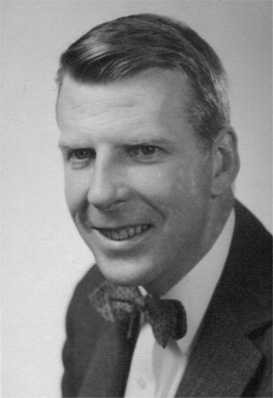| Profile | Major Works | Resources |
James S. Duesenberry, 1918-2009

American Neo-Keynesian economist at Harvard.
James Stemble Duesenberry originated from Princeton, West Virginia. He studied at the University of Michigan, obtaining his M.A. in 1941. He would go on to become a researcher in the Social Science Research Council (SSRC), but after the war broke out, Duesenberry served in the US Army Air Corps in the Pacific.
After the war, Duesenberry was appointed instructor at M.I.T in 1946 and soon moved across the avenue to Harvard. Duesenberry finally got around to receiving his Ph.D. from Michigan in 1948. It was in his doctoral thesis (published 1949) that Duesenberry adjust the Keynesian consumption function by introducing the famous "Relative Income Hypothesis (RIH), ratcheting consumption behavior to capture habit-persistence. Duesenberry's work spearheaded the way for the later, more elaborate life cycle consumption models of Modigliani, Friedman, etc.
Duesenberry became a member of Harvard faculty in 1955, and remained until his retirement, save for a brief stint (1966-69) on the Council of Economic Advisors. During the 1950s, he worked on Neo-Keynesian models integrating growth and cycles with macroeconomic theory, and in the 1960s turned to econometric matters, and worked with Lawrence Klein on building the Brookings macroeconometric model.
|
Major works of James S. Duesenberry
|
|
HET
|
|
Resources on James Duesenberry
|
All rights reserved, Gonšalo L. Fonseca
